
大正レトロな空間へ
文人墨客たちが愛してやまなかった耶馬渓。 あなたも100年前の旅人となれる、スペシャルな「やばけい遊覧」の旅をご案内します。
旅人がくつろいだ城下町の料亭 大正3年、中津駅が中津城近くに開業し、城下町から駅周辺には旅人を迎える料亭や旅館が軒をつらねました。
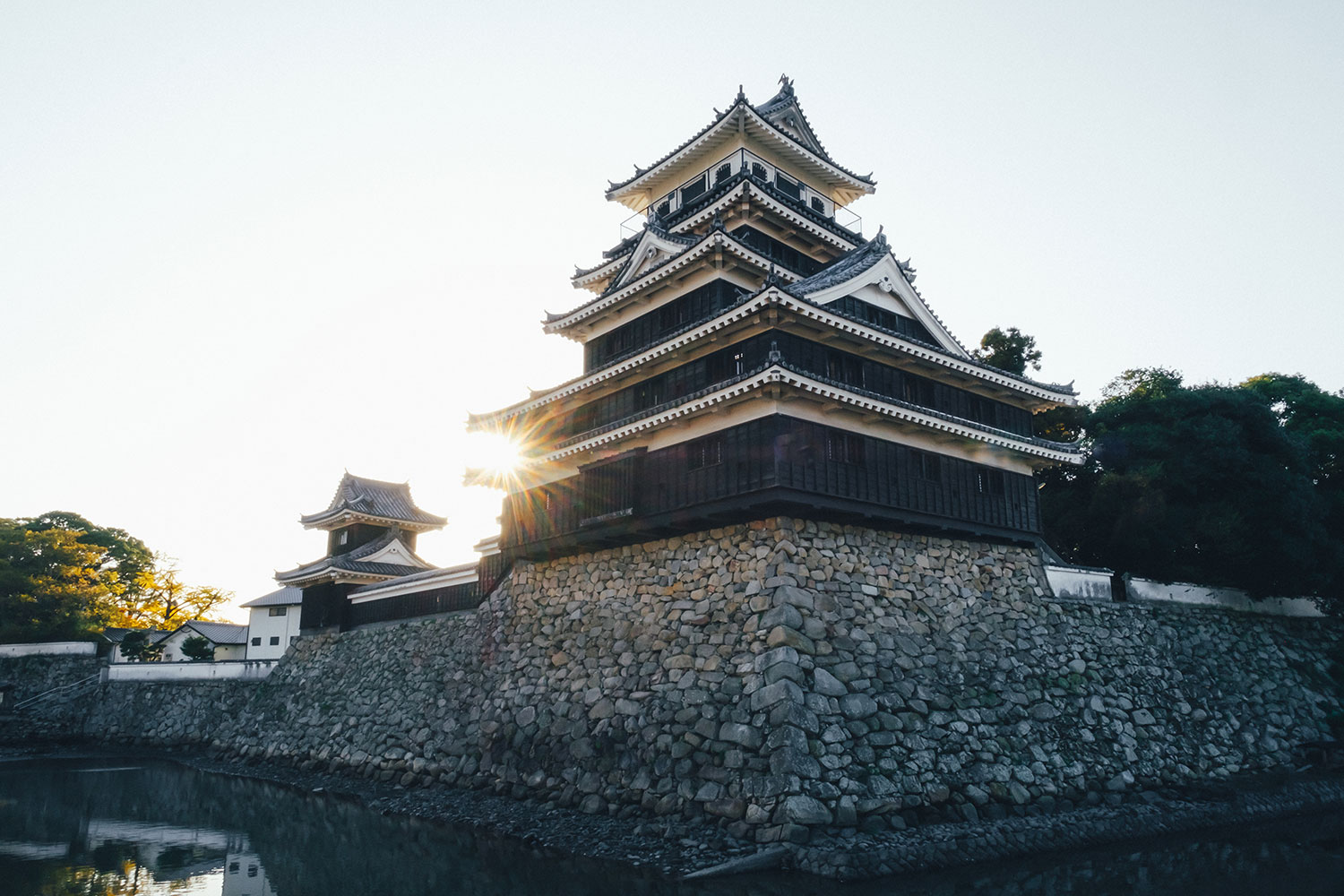
中津城跡
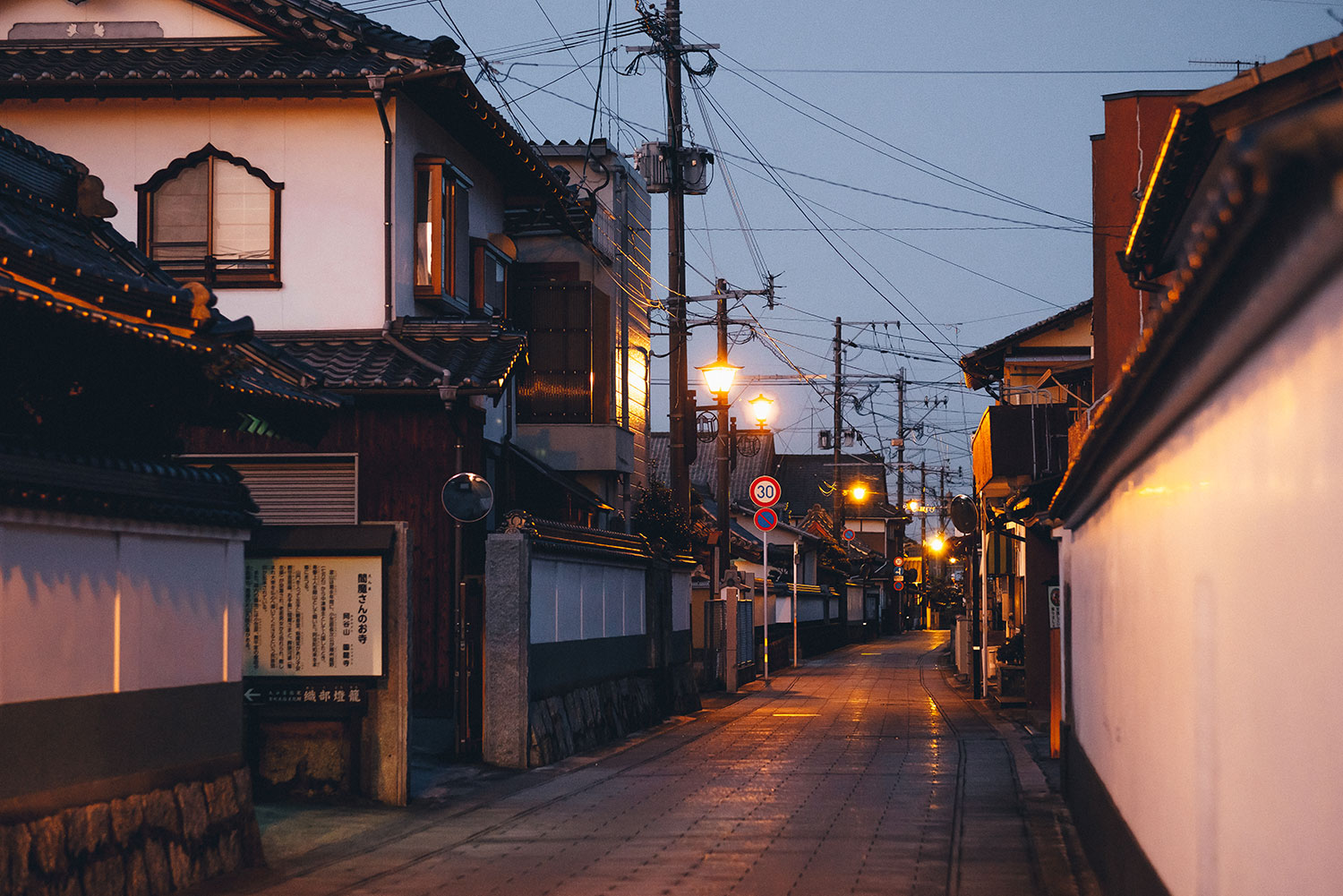
中津城下町の寺町通り
中津駅に降り立った旅人は、中津城に福澤諭吉の旧邸、池大雅の書画をおさめた自性寺など城下町観光を楽しんで、翌朝からの耶馬渓観光を前に料亭で豊前海の魚を堪能しました。昭和初期の観光ガイド本にも「〜共に聞こえし料亭ぞ。自慢の包丁切れ味の眞(まこと)の美味に舌鼓〜」とうたわれています。
中でも、当時の建築物がそのまま残っているのが、日本遺産構成文化財である中津市枝町の料亭「筑紫亭」です。
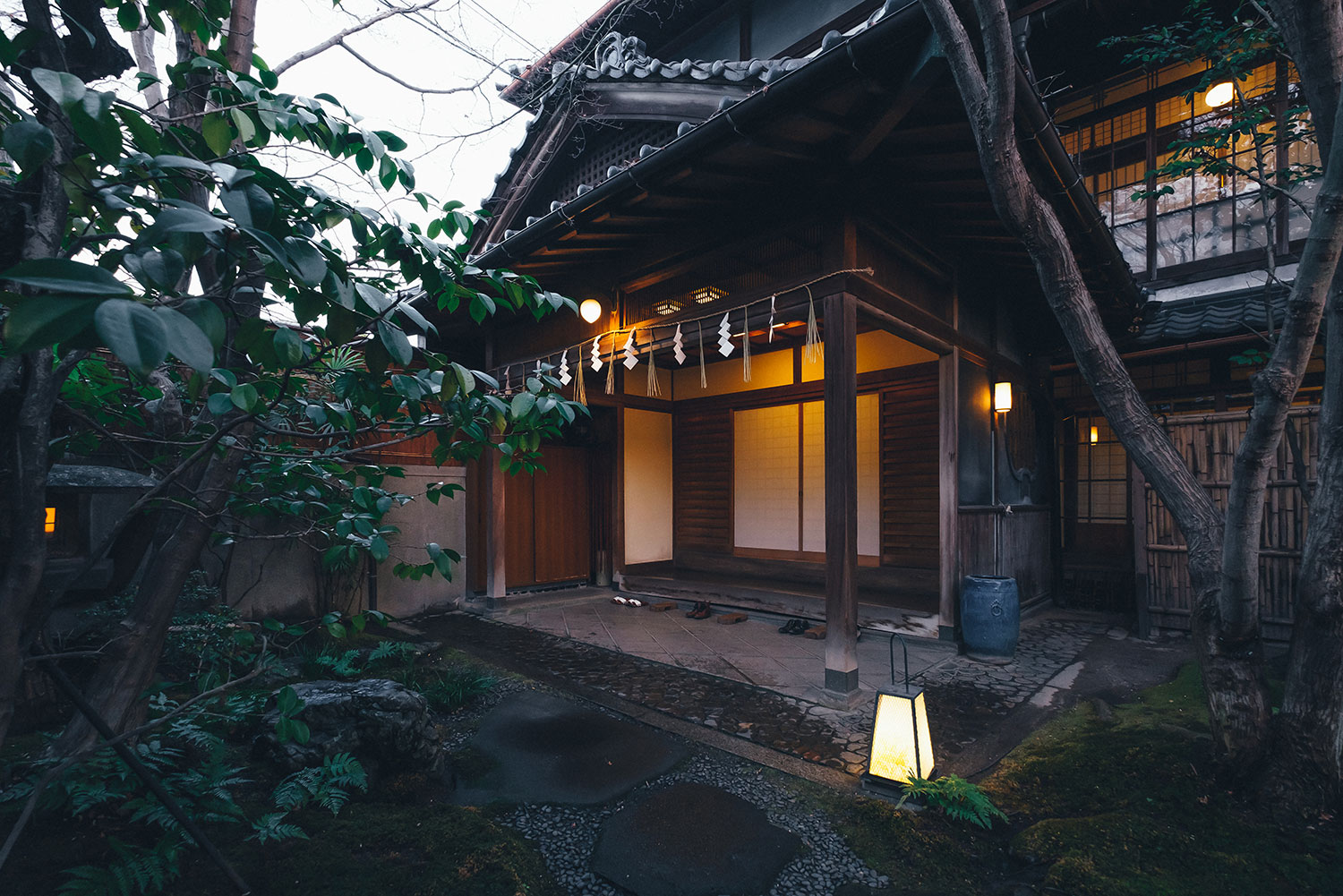
筑紫亭の玄関
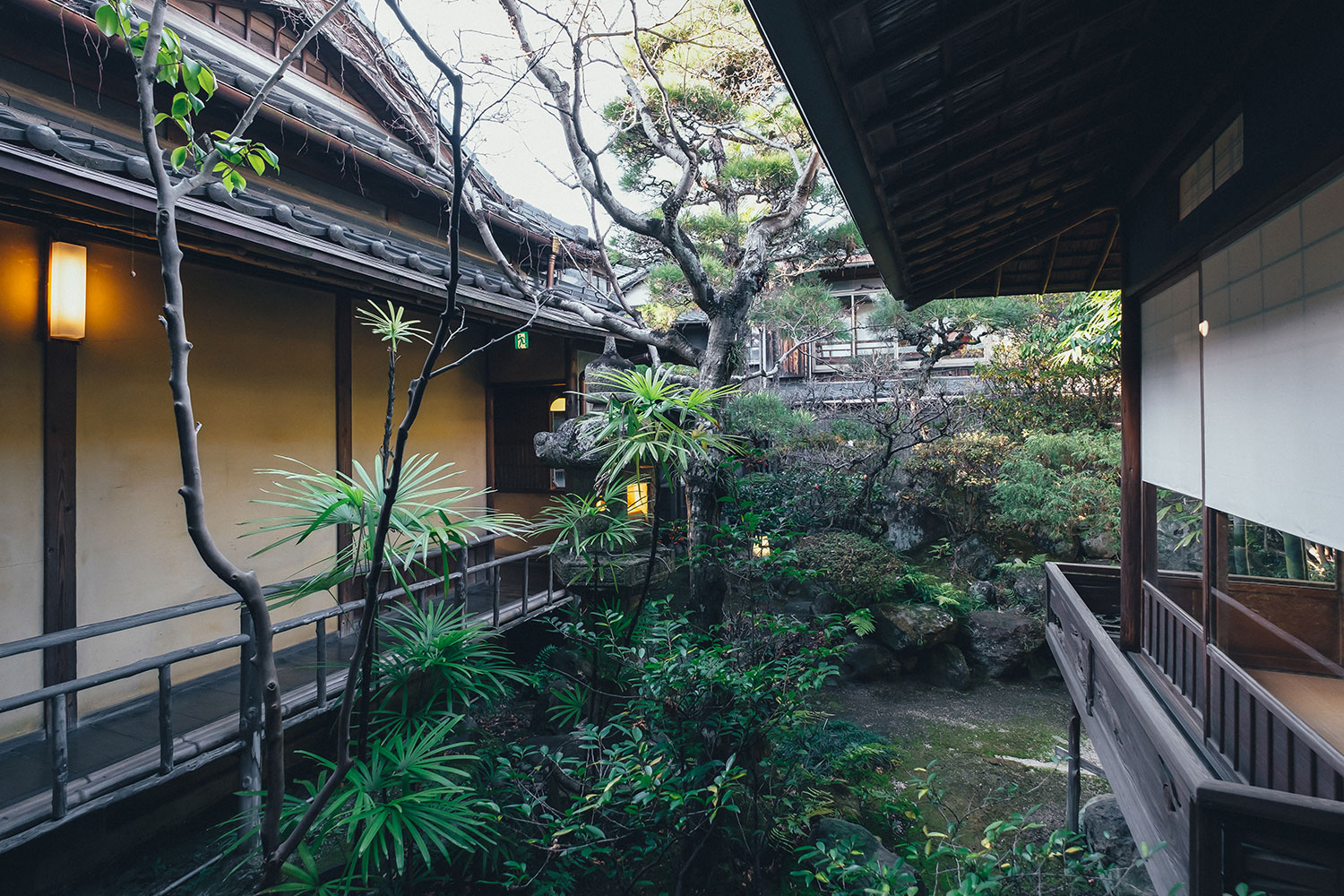
江戸時代の建物を引き屋した離れ
明治末〜大正時代につくられた木造三階建ての風雅な建築物は国登録有形文化財となっています。複雑に入り組んだお座敷は釘を一本も使っていません。磨き込まれた廊下は、屋敷内で城下町の外堀跡をわたります。

波打つアンティ-クガラスの廊下
竹を多用した明治時代の数寄屋造のお座敷では、雪見障子越しに見えるお庭の竹が屏風のよう。茶室の障子をあければ、地をはうように低くしつらえた縁が苔むした庭へ静かにアプローチします。
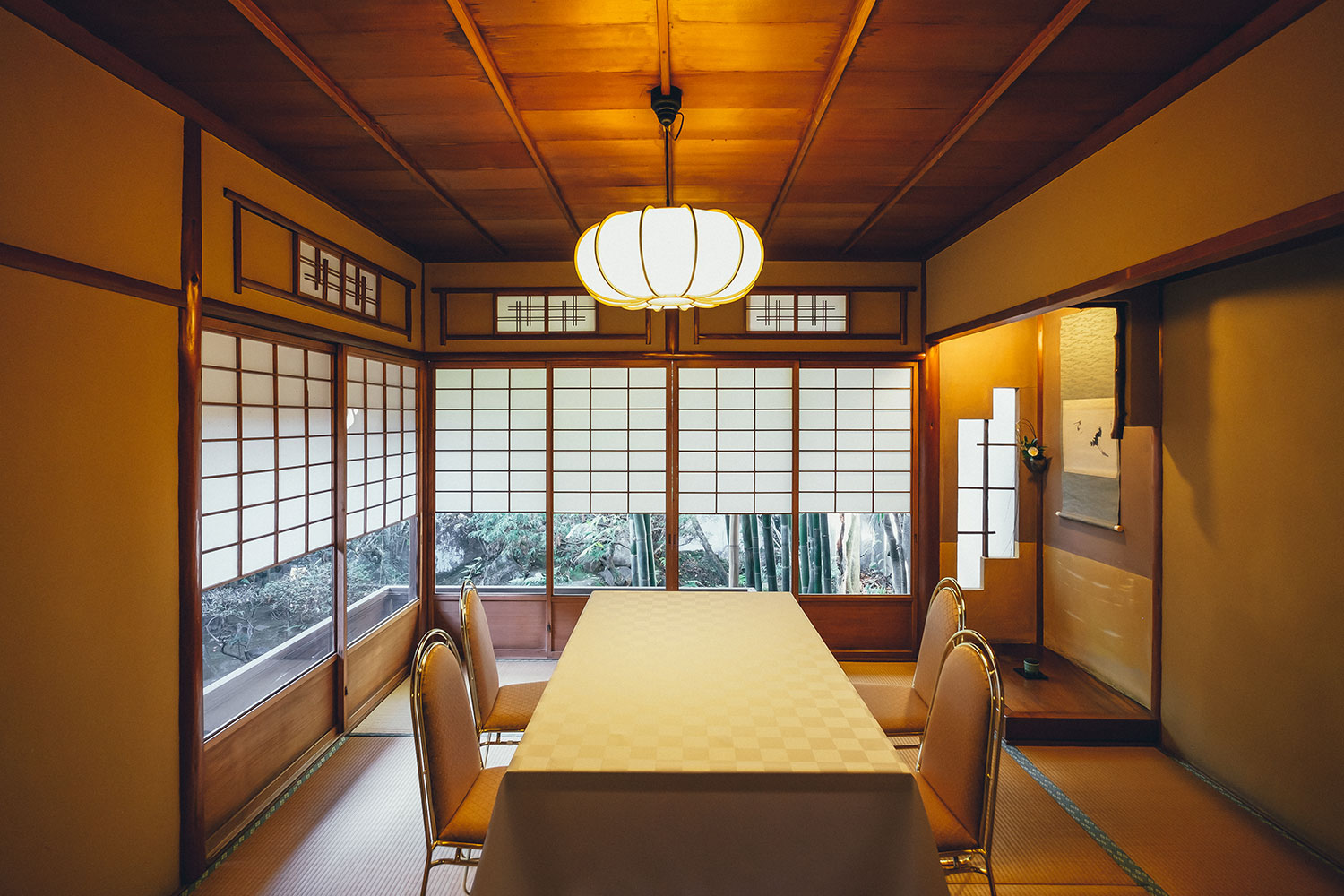
竹と丸い柱材を用いた座敷
その長い時の流れの中で、訪れる人々を静かに包んできた筑紫亭。部屋にかけられた数々の文化人たちの書画は、中津の深い歴史を物語ります。酒をくみかわし歌を詠んだ旅人たちの談笑が聞こえてくるような空間です。
旅人が楽しんだ耶馬渓の温泉
実は耶馬渓は温泉どころ。中津から玖珠までいくつもの温泉が湧き、旅人を癒します。
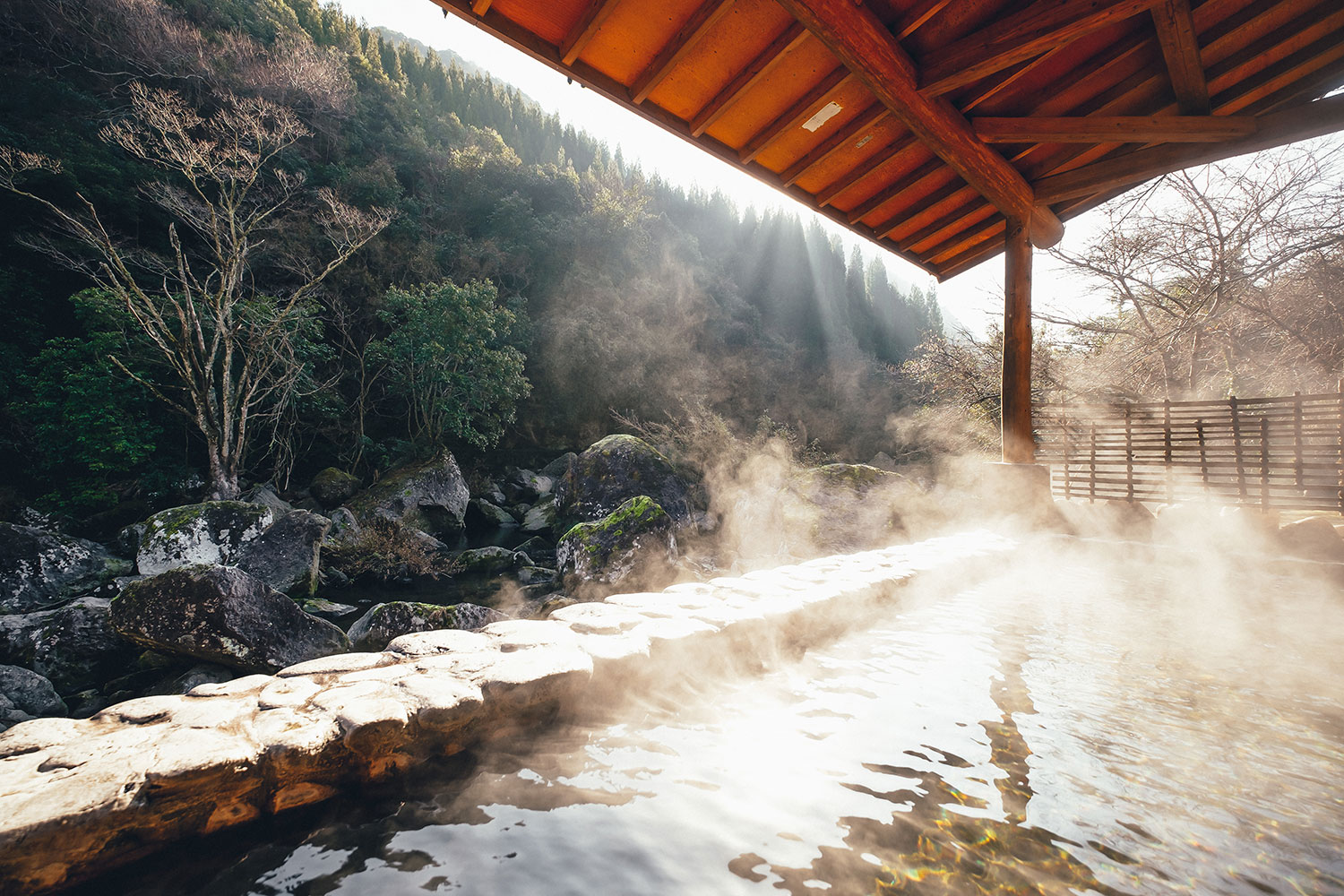
渓流の中の温泉
にぎやかな温泉街のざわめきもいいけれど、時には川の音しか聞こえない、耶馬渓温泉はいかがでしょうか。大きな温泉街はありませんが、旅館にコテージ、立ち寄り湯と、中津から玖珠のあちこちに湧く温泉はぬるぬるとした美肌の湯。ぬるめのお湯がゆっくりじんわりあなたの身体をあたためます。
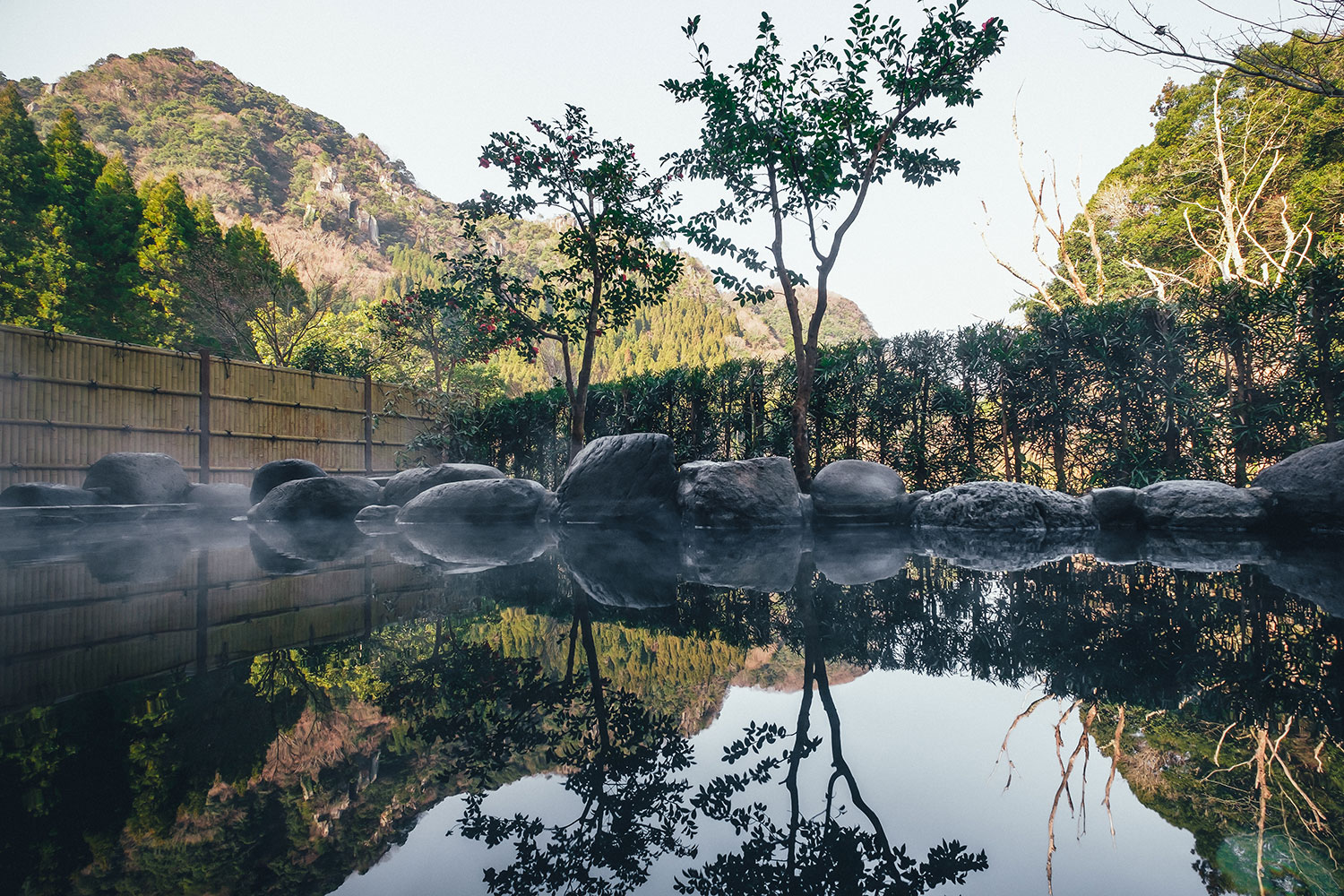
奇岩が影を落とす露天風呂
お湯につかって奇岩を見上げ、川中の巨石を見下ろして、緑や赤の木々の色が影を落とす自然味あふれる温泉で疲れをいやしたら、さあ明日は、どの探勝道をめぐりましょう。
中津から玖珠へ、玖珠から中津へ。久大線の豊後森駅や耶馬渓鉄道の線路跡に残る鉄道遺産は、当時の鉄道観光の旅へあなたをいざないます。
また、耶馬渓観光の楽しみは、地上だけではありません。八面山や競秀峰、伐株山からの眺めはまさに鳥瞰図そのもの。伐株山からではパラグライダー体験飛行で鳥瞰図の目線が楽しめます。
耶馬渓にはいくつもの探勝道がちりばめられています。大地に描かれた山水絵巻に入り込み、空から谷底から、次々と場面が展開する耶馬渓遊覧の旅をどうぞお楽しみください。
special stay

Come Into a Taisho Era Retro Atmosphere
Yabakei—a place which was deeply loved by writers and artists. Here you can find information where you too can become like a traveler from 100 years ago in a special Yabakei Sightseeing trip.
A traditional Japanese restaurant in a castle town where travelers would relax. In Taisho year 3 (1914), Nakatsu Station was opened near Nakatsu Castle, and traditional Japanese restaurants and inns were lined up from the castle town to the station area to welcome travelers.

Nakatsu Castle Ruins

Teramachi-dori of Nakatsu Castle Town
Travelers who got off at Nakatsu Station would first enjoy sightseeing in the castle town, including Nakatsu Castle, Yukichi Fukuzawa’s Former Residence, and Jishoji Temple, in which Ike no Taiga’s paintings and calligraphic works were kept. Before the beginning of their Yabakei sightseeing trip the next day, they would enjoy seafood from the Buzen Sea at a traditional Japanese restaurant. A sightseeing guidebook from the early Showa era, as well, writes, “”Oh, oft-acclaimed ryotei. The truly delicious flavors produced by your vaunted culinary arts are divine.””
Among these establishments of the past stands one architectural structure which remains just as it was in those days—Chikushi-tei, a traditional Japanese-style restaurant and Japan Heritage Cultural Property in Edamachi, Nakatsu City.

The Entrance Hall of Chikushi-tei

A Detached Building From the Edo Period Moved by Structure Relocation
The three-story, elegant wooden architectural creation built from the end of the Meiji era and into the Taisho era is a nationally registered tangible cultural property. The intricately put together tatami rooms don’t use a single nail. The polished hallway crosses over the remains of the castle town’s outer moat from within the premises.

An Undulating Antique Glass Corridor
In the Meiji era tatami room which makes heavy use of bamboo, the bamboo in the garden which can be seen through the yukimi-shoji (paper screen with glass bottom half) is just like a folding screen. Upon opening the sliding paper door in the tearoom, the greenery arranged low as if crawling along the ground quietly leads to a moss-covered garden.

Tatami Room Making Use of Bamboo and Round Pillars
Chikushi-tei quietly held the numerous people who visited the area over the course of many years. The paintings and calligraphic works of numerous people of culture which hang on the walls tell the story of Nakatu’s profound history. The atmosphere here makes one feel as if they can almost hear the the friendly conversation of the travelers of old as they share drink and recite songs.
The Yabakei hot springs enjoyed by travelers of old.
Yabakei is actually a hot spring spot. Numerous hot springs well up in the land from Nakatsu to Kusu and serve to soothe travelers.

Hot Spring in the Midst of a Mountain Stream
The hustle and bustle of busy hot spring towns is great too, but why not choose the Yabakei hot springs, where all you can hear is the sound of the river, every once in a while? There is no large hot spring town here, but there are traditional Japanese inns and cottages, hot spring baths to stop by without staying the night, and hot springs welling up all over from Nakatsu to Kusu with slippery, warm waters which are great for beautiful skin. The slightly lukewarm hot spring waters slowly and gradually warm your entire body.
 O
O
pen-Air Hot Spring Baths in the Shadow of Strangely Shaped Rock Formations
Bathing and soothing your tired body in the warm baths, full of natural beauty with green and red trees casting shadows upon the water, while looking up at the strangely shaped rock formations and out over the megaliths in the river will have you ready to decide which sightseeing path to explore the next day.
From Nakatsu to Kusu, and from Kusu to Nakatsu—the railroad legacy left at Bungo-Mori Station on the Kyudai Line and along the remains of the tracks of the Yabakei Railway invites travelers on a railroad sightseeing journey of the past. What’s more, the fun of Yabakei sightseeing is not limited to what can be viewed from ground level. The sights from Mt. Hachimen, Kyoshuho, and Mt. Kirikabu are truly bird’s eye views. Another bird’s eye view can be enjoyed on a paragliding flight experience from Mt. Kirikabu. A great number of sightseeing paths are laid out all across Yabakei. Enjoy a Yabakei sightseeing journey where you can enter a world where shan sui picture scrolls are painted upon the earth and where scenes reveal themselves one after another from the sky and the bottoms of the valleys here.
